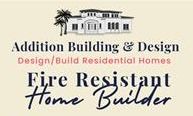Design-Build vs. Traditional Construction: Which is Right for Your Next Project?

When embarking on a construction project, one of the most critical decisions you'll make is choosing the right project delivery method. Two of the most commonly used approaches are Design-Build and Traditional (Design-Bid-Build) Construction. Each has its advantages and potential drawbacks, depending on the scope, budget, and timeline of your project. Understanding the differences can help you determine the best fit for your needs.
Understanding the Two Methods
Traditional Construction (Design-Bid-Build)
The traditional construction process, also known as Design-Bid-Build (DBB), follows a linear sequence:
- Design Phase – The project owner hires an architect or designer to create detailed plans and specifications.
- Bidding Phase – Once the design is finalized, the project is put out for bid, and contractors submit proposals based on the plans.
- Construction Phase – The selected contractor executes the construction based on the design specifications.
This method provides clear separation between the design and construction phases, ensuring that multiple contractors can bid on the project, which may drive down costs.
Design-Build Construction
The Design-Build (DB) method integrates design and construction into a single process, with one entity responsible for the entire project from concept to completion:
- Single Contract – One firm handles both design and construction.
- Collaborative Process – Architects, engineers, and builders work together from the start to optimize design efficiency and cost.
- Faster Timelines – Overlapping design and construction phases help accelerate project completion.
This streamlined approach fosters communication, reduces conflicts, and often results in a more cohesive and cost-effective project.
Key Differences and Considerations
FactorTraditional (Design-Bid-Build)Design-BuildResponsibilitySeparate contracts for design and constructionSingle contract for design and constructionTimelineSequential phases (longer duration)Concurrent phases (faster completion)Cost ControlFixed cost after bidding, but change orders can increase expensesMore cost predictability through collaborationFlexibilityDesign changes can lead to delays and cost overrunsDesign flexibility is built into the processRisk ManagementOwner assumes more risk due to separate contractsDesign-Build firm assumes greater responsibility
Which Approach is Right for You?
Choosing between Design-Build and Traditional Construction depends on several factors:
- Budget Sensitivity – If you need tight cost control and competitive bidding, traditional construction may be preferable.
- Speed & Efficiency – If project speed is a priority, Design-Build’s streamlined process can save significant time.
- Complexity of Design – For projects requiring innovation and flexibility, Design-Build allows for better collaboration.
- Owner Involvement – If you prefer a hands-on approach with separate design and construction teams, traditional construction may be the better choice. If you prefer a single point of contact, Design-Build simplifies the process.
Final Thoughts
Both Design-Build and Traditional Construction have their place in the industry. While Design-Build is growing in popularity due to its efficiency, cost savings, and collaboration, Traditional Construction still works well for those who prefer a more segmented and competitive bidding process.
When deciding on the right approach, consider the specific needs of your project. Are you looking for a streamlined process with a single point of responsibility? Or do you prefer a more structured approach with separate design and construction contracts? Weigh the pros and cons carefully to ensure your project’s success.
Need expert guidance? Contact our team to learn how Design-Build can benefit your next project!
Site Map
Contact Us

